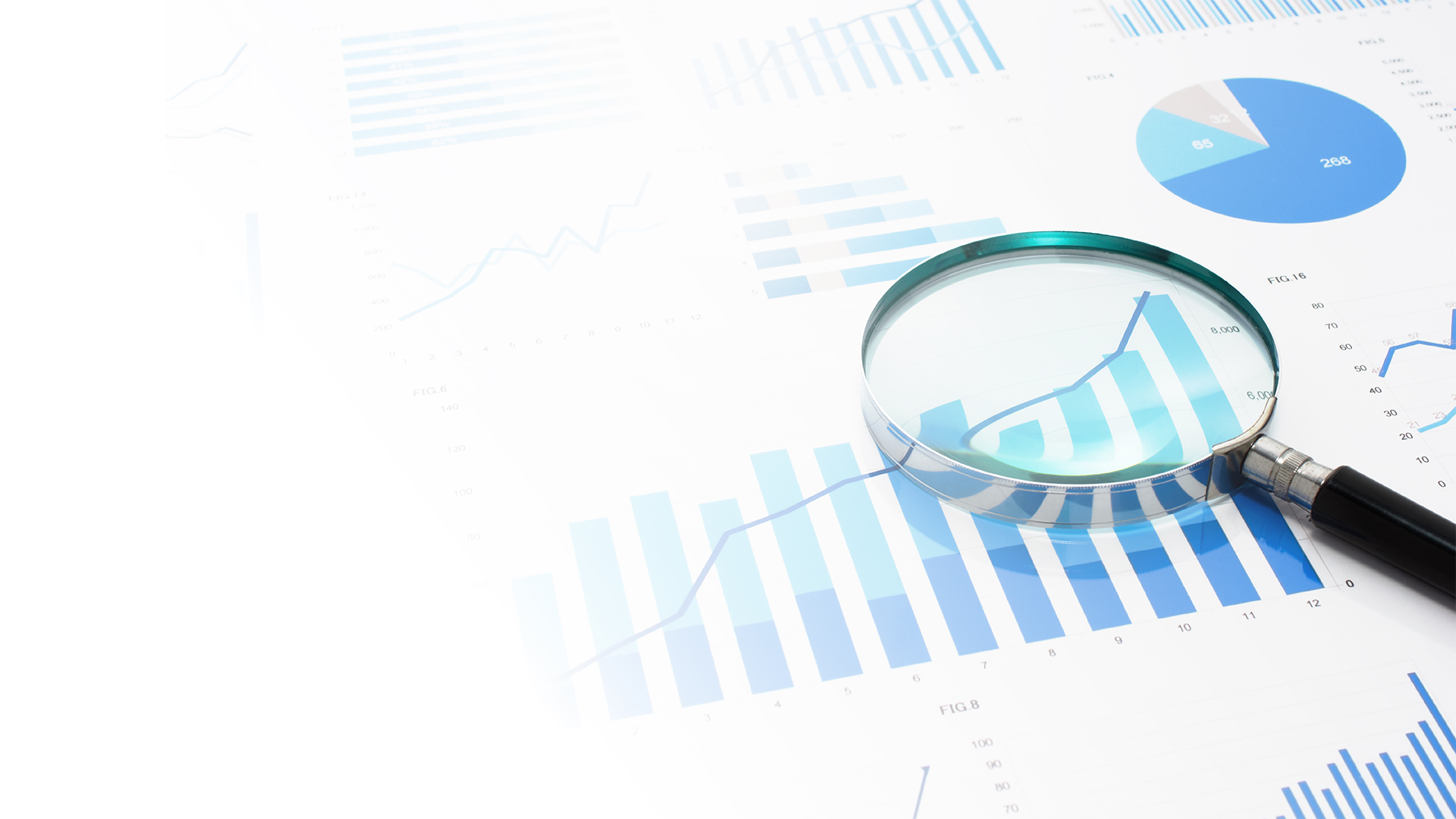How to Use 2024 Data to Shape a Winning Strategy for 2025
Looking back at key metrics and KPIs can provide a clear understanding of what worked well and what needs improvement. These insights are essential for setting meaningful goals and crafting a strategy that drives growth, and the start of a new year is the perfect time to do this.
As we kick off 2025, businesses everywhere are diving into their 2024 data to assess performance, uncover valuable insights, and lay the foundation for a successful year ahead.
In this blog, we’ll walk you through the steps to analyze your 2024 data to help you create a data-driven strategy to make 2025 your most successful year yet. Let’s turn last year’s insights into this year’s wins.
Why is data analysis important?
Before setting your sights on the year ahead, it’s essential to take a deep dive into your 2024 performance, and the best way to do this is by analyzing data. This process isn’t just about collecting numbers; it’s about understanding the story they tell.
To get started, you’ll want to define the objectives of your analysis. Are you looking to evaluate website performance, sales trends, or overall business efficiency? Identifying your main focus will help you zero in on the most relevant data. For instance, if your goal is to analyze sales performance, key metrics like total revenue, average order value, and transaction volume will be your starting point.
Data analysis can feel overwhelming but is worth it in the long run. It helps you:
- Identify trends and patterns - Spot seasonal trends or fluctuations that might otherwise go unnoticed. For example, if website traffic dipped in Q2, consider strategies to boost it in the same period this year.
- Make data-driven decisions - Data analysis provides a solid foundation for making important decisions within the business. Using the example above, you may make the decision to increase ad spend during those periods of low traffic to increase web visits.
- Understand consumer behaviour - Consumers take many steps and visit many touchpoints before they purchase a product or service. Analyzing this data will give you a better understanding of their entire journey, including their preferences and actions taken pre and post purchase.
- Predict future outcomes - Because data analysis helps to uncover trends and patterns, you can leverage this information to plan ahead with confidence.
Gathering your data
Once you understand why data analysis is crucial, the next step is gathering your data. This foundational step ensures you have all the information needed to uncover meaningful insights. Most businesses store their data across multiple platforms, such as CRMs, ecommerce systems, marketing tools, and analytics software. Begin by identifying the key sources relevant to your objectives. For instance, if you’re analyzing marketing performance, look at data from your ecommerce platform, social media channels, email marketing tools and website analytics.
It’s essential to prioritize data accuracy and consistency during this process. Different tools might use varying tracking methods or reporting formats, so take the time to select the right data. For example, ensure that dates, categories, and metrics align across platforms to avoid discrepancies. Finally, consider enriching your data by integrating additional sources. For example, pairing sales data with website analytics can reveal how specific traffic channels impact conversions. Tools like Hurree streamline this process by consolidating data from multiple sources, ensuring you have a complete and accurate view of your business performance making data analysis more efficient.
.png?width=7472&height=1272&name=Artboard%201@4x%20(5).png)
Source: Gartner
Identifying trends and insights
Once you’ve gathered your 2024 data, the next step is to dig deeper to identify key trends and insights. Data visualizations can be incredibly powerful for this purpose, helping you spot trends and anomalies at a glance.
Here are some ways you can display your data for easier analysis:
- Bar chart - An ideal option to display and compare numerical values or percentages at a fixed point in time, usually for single or multiple different categories for example, comparing reevenue for different products.
- Line graph - Most effective way to show changes or trends over time, particularly smaller changes that may be more difficult to see in a bar chart, for example website traffic patterns throughout the year.
- Pie chart - Best for comparing parts of a whole, usually for data with a relatively small number of categories, for example budget allocation across a department.
- Funnel chart - Best for displaying data that flows sequentially with different stages that narrows down the data at each stage for example the sales process of your customers.
- Scatter plot - Best for highlighting relationships between two or more continuous variables, for example increased ad spend and revenue. Scatter plots are particularly useful for detecting outliers, where data points fall significantly outside the general pattern of the data.
Further reading: How to visualise data: Top tips and best practice
Setting SMART goals for 2025
Data is only valuable if it leads to action. The SMART framework - Specific, measurable, achievable, relevant, and time-bound - provides a structure for turning insights into tangible goals. At each stage of goal setting, consider the following:
- Specific - What exactly do you want to achieve?
- Measurable - How do you know when you've achieved your goal and how will you measure it? Is it quantifiable?
- Achievable - Is the goal actually within reach?
- Relevant - Is the goal worthwhile and aligned with overall organizational objectives?
- Time-bound - What is the deadline for the goal?
So instead of a vague objective like “improve customer retention,” a SMART goal would be “increase customer retention by 10% by the end of Q2 2025.” Similarly, if your data reveals Instagram as a high-performing channel, a SMART goal might be “boost Instagram-driven website traffic by 15% within six months.” By aligning your goals with this framework, you create a roadmap for success that is both strategic and grounded in the realities of your data.
.png?width=7473&height=1272&name=Artboard%201_1@4x%20(1).png)
Source: Mooncamp
Building a data-driven strategy
With clear goals in place, the next step is to build a strategy rooted in your 2024 data findings. Start by prioritizing initiatives that have the most significant potential impact, balancing them against your available resources. For instance, if data shows that retaining existing customers is more cost-effective than acquiring new ones, you might focus on loyalty programs or improving customer experience.

Source: McKinsey Global Institute
It’s also essential to remain flexible—business landscapes and data trends can shift quickly. Establish a framework that allows you to regularly review and adjust your strategy throughout 2025, ensuring your plans stay aligned with evolving insights. A data-driven approach not only keeps your efforts focused but also positions your business to adapt and thrive in an ever-changing environment.
Monitoring progress and adjusting plans
A great strategy is only as effective as your ability to track its progress and adapt when necessary. Setting up real-time dashboards to monitor key performance indicators (KPIs) is essential for staying on top of your goals. Reviewing your data on a regular basis ensures you can assess whether your initiatives are delivering the expected results and make timely adjustments if needed.

Source: Forbes
To maximize the effectiveness of your strategy, involve your team in the review process. Collaborative data analysis brings diverse perspectives to the table and encourages a shared commitment to achieving goals.
Conclusion
Your 2024 data is more than a summary of last year’s performance—it’s a powerful tool for shaping your 2025 success. By taking the time to analyze past performance, identify key trends, and translate insights into SMART goals, you can confidently navigate the challenges and opportunities of the new year.
Hurree can simplify this journey by centralizing your data, offering powerful visualization optionis, and enabling seamless collaboration within your team. With all your key metrics in one place, you can focus on what matters most: driving growth, improving efficiency, and achieving your goals.
Now is the time to take charge of your data, turn insights into action, and set the stage for your most successful year yet. By monitoring progress regularly and adjusting your plans as needed, you’ll ensure that 2025 is a year of growth, innovation, and measurable achievements.
Share this
You May Also Like
These Related Stories

How to Analyze Data: A Step-by-Step Guide

How to Visualize Data: Top Tips and Best Practice



